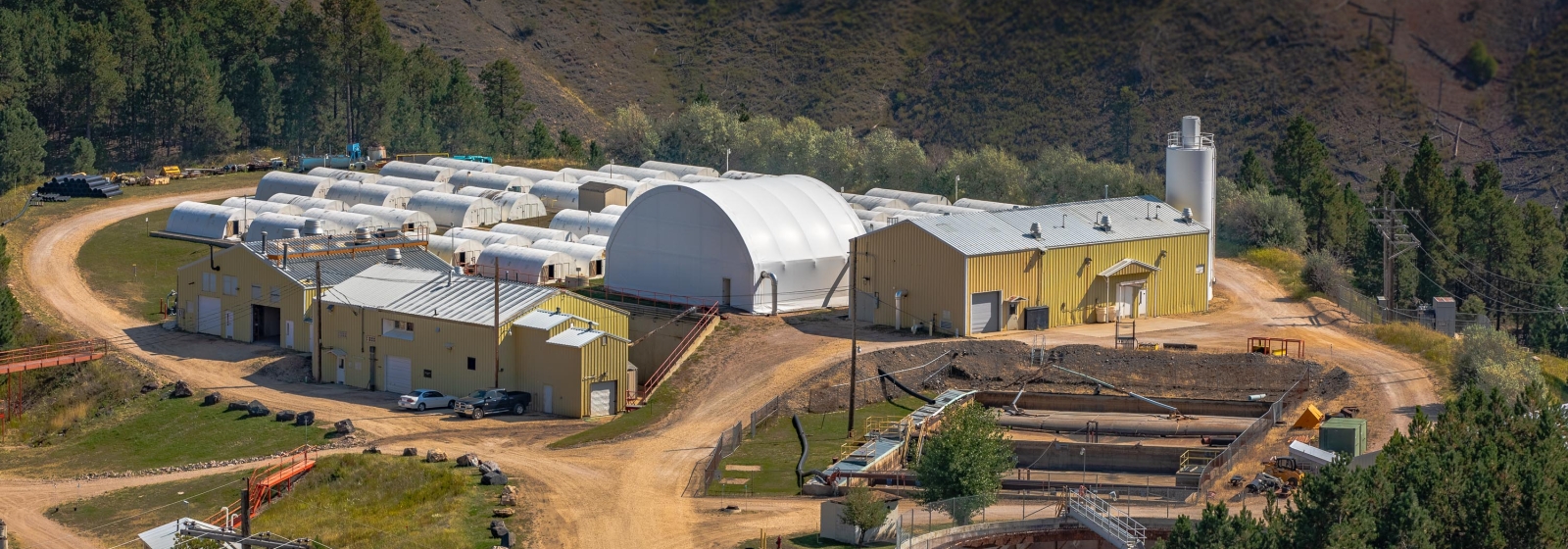The water that comes from underground isn’t toxic, but it does contain dirt and some suspended solids, like iron. "We want to make sure all of that is removed before we release the water into the creek,” Noren said.
Sanford Lab samples the treated water daily to ensure it meets EPA standards, but it’s also a predictive test, Baumgartner said. “If we see variances in the water samples, it allows us to diagnose and correct any problems.”
The Lab also regularly monitors the health of the creeks, counting fish and macro invertebrate populations. In 2023, the WWTP was recognized for the fifteenth consecutive year by the South Dakota Department of Agriculture and Natural Resources (DANR) for its “outstanding operation of the wastewater system and environmental compliance” with DANR’s Surface Water Discharge Permit Award.
